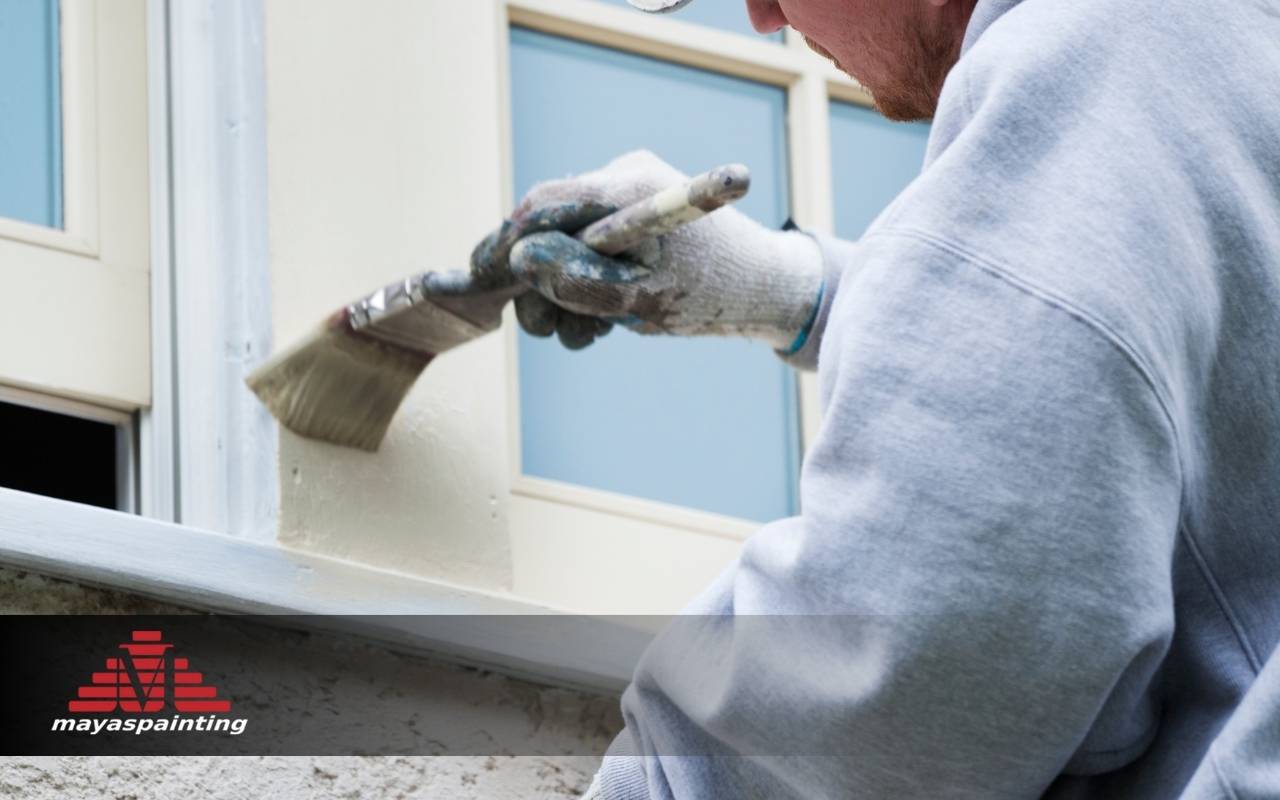
Have you ever admired a house with perfect paint? Achieving that beauty requires consistent care, not just one painting project. Moreover, exterior paint maintenance tips are essential to keep colors fresh and your home protected. Without proper upkeep, fading, peeling, and costly damage may occur. Thankfully, simple steps can safeguard your home’s façade. In this guide, you’ll discover effective strategies to extend the life of your exterior paint. Therefore, let’s explore the best practices to maintain a flawless and durable finish.
Importance of Exterior Paint Maintenance
Exterior paint maintenance tips highlight why regular care matters. Indeed, paint is more than cosmetic—it shields siding from sun, moisture, and mildew. Cracks in paint allow water inside, risking rot and mold. Taking care of your paint preserves materials and reduces expensive repairs. Additionally, maintenance boosts curb appeal and resale value. Fresh paint signals pride and responsible ownership. Finally, proper upkeep extends each paint cycle, reducing how often full repainting is required.
Learn more about why fresh paint improves your home’s value by visiting this detailed guide.
Regular Cleaning Techniques
- Wash painted walls with a soft brush and mild detergent.
- Rinse thoroughly and allow complete drying before touch-ups.
- Use low-pressure washing carefully to avoid paint damage.
Routine cleaning restores vibrancy and prevents buildup from dulling your paint. Moreover, adding this habit to your schedule reduces long-term deterioration and ensures lasting beauty.
Yearly Paint Inspection Guidelines
- Inspect trim, siding, windows, and doors annually.
- Check for cracks, bubbles, or thinning paint.
- Pay close attention to moisture-prone areas.
Exterior paint maintenance tips include yearly inspections to catch early warning signs. Consequently, spotting issues quickly allows you to schedule touch-ups before serious problems arise.
Get more repainting advice on this page.
Mastering the Art of Touch-Ups
Small chips and scratches are unavoidable. However, cleaning and sanding areas before painting ensures proper adhesion. Matching color is essential—always keep leftover paint. Apply primer to bare surfaces, then carefully feather edges for a seamless blend. These repainting methods help extend the life of your home’s façade.
Weatherproofing Strategies for Exterior Paint
- Apply sealants to protect against moisture and mold.
- Use elastomeric coatings in freeze-thaw climates.
- Choose UV-resistant products to guard color intensity.
Preventing damage before it starts is among the smartest exterior paint maintenance tips. Moreover, weatherproofing shields your paint from rain, heat, and snow for lasting protection.
Choosing the Right Paint for Longevity
Premium paints offer flexibility, resistance, and durability. Acrylic latex works well in most climates. In harsher areas, elastomeric or masonry paints provide enhanced protection. Semi-gloss finishes suit trim, while matte finishes reduce wall imperfections. In conclusion, investing in quality paint pays off by delaying the need for new projects.
DIY vs. Professional Maintenance: Pros and Cons
DIY maintenance offers savings and flexibility for homeowners. With the right tools, small touch-ups and cleaning are manageable. However, hiring experts ensures professional results and identifies hidden issues. Therefore, weigh your options carefully to choose the best approach. If you prefer expert help, reach out through our contact page.
FAQs
How often should I clean my home’s exterior paint?
It is best to clean your painted walls at least once per year, or more if you live in high-pollution areas.
What is the most common cause of exterior paint peeling?
Moisture intrusion and poor surface preparation are the leading causes of peeling paint on exteriors.
Can I pressure wash my painted walls?
Yes, but use low pressure and keep distance to avoid stripping paint or damaging trim surfaces.
Do I always need a professional for maintenance?
No, small cleaning and touch-ups can be DIY projects. However, professionals are best for large-scale repairs or repaints.
What type of paint lasts longest outdoors?
Acrylic latex and elastomeric paints are among the most durable and weather-resistant options for exterior use.
Extending the Lifespan of Your Exterior Paint
Combining cleaning, touch-ups, and weatherproofing strategies maximizes longevity. Moreover, seasonal cleaning and annual inspections are vital. Landscaping also plays a role—trim vegetation and clear gutters to avoid paint damage. Exterior paint maintenance tips emphasize consistent care, which prevents costly repairs and keeps homes beautiful year-round. For expert preparation guidance, visit this resource.
Troubleshooting Common Exterior Paint Issues
Cracking, blistering, and chalking are common issues. Cracking often results from substrate movement. Meanwhile, blistering comes from trapped moisture or heat, while chalking shows natural paint weathering. Therefore, addressing these problems early preserves your exterior. Proper cleaning, sanding, and priming before repainting ensures lasting results.
Key Takeaways for Maintaining Your Home’s Exterior Paint
Maintaining your home’s paint is a long-term investment. Moreover, with consistent cleaning, yearly inspections, and professional touch-ups when needed, your home will stay beautiful. Exterior paint maintenance tips provide the foundation for durability and curb appeal. In conclusion, start today by applying these strategies, and enjoy a flawless exterior for years to come.
